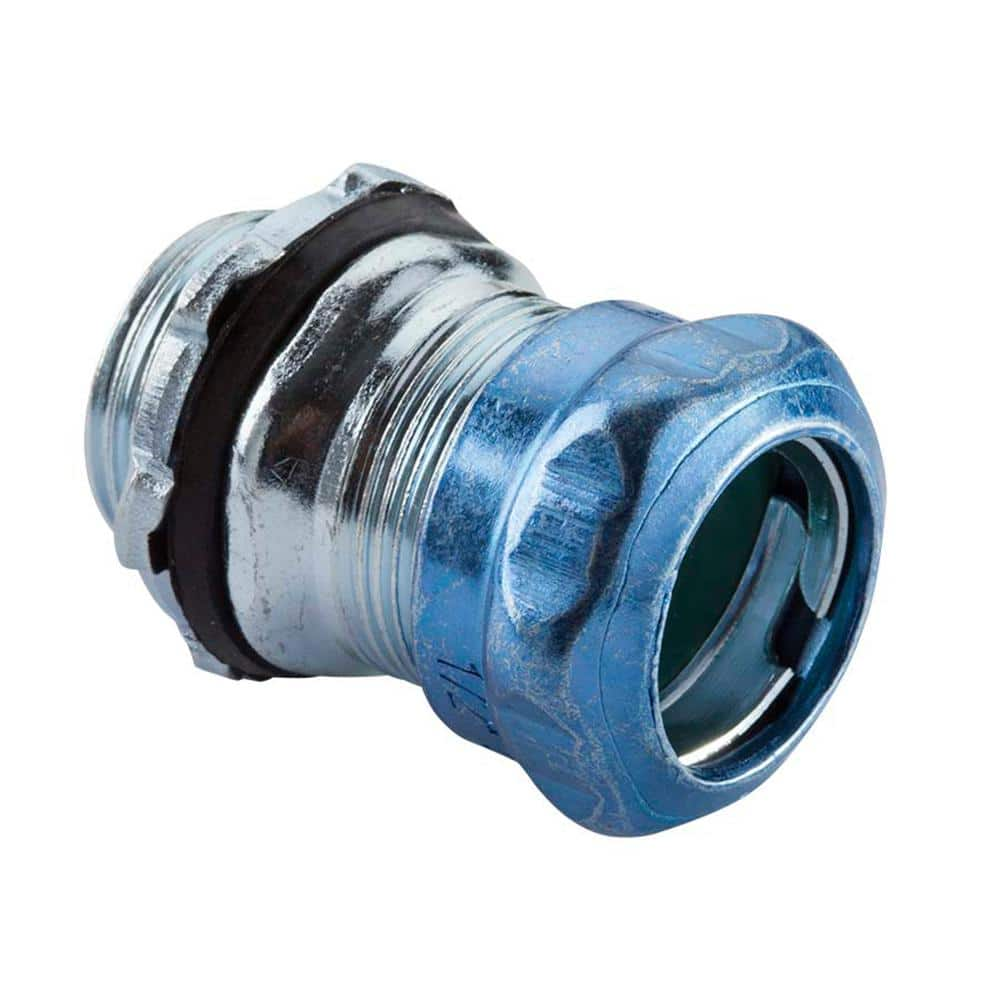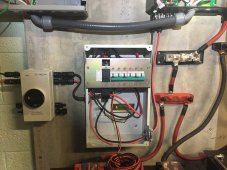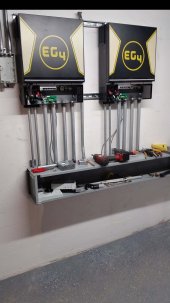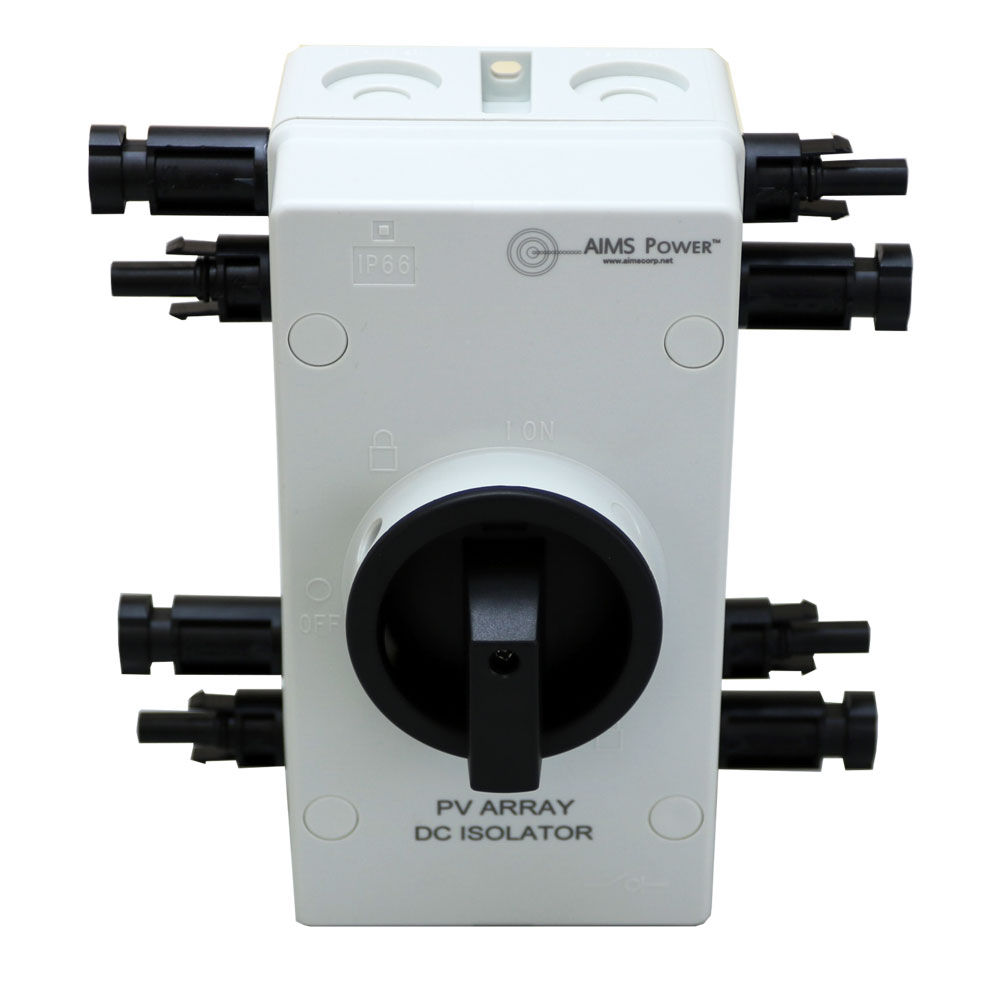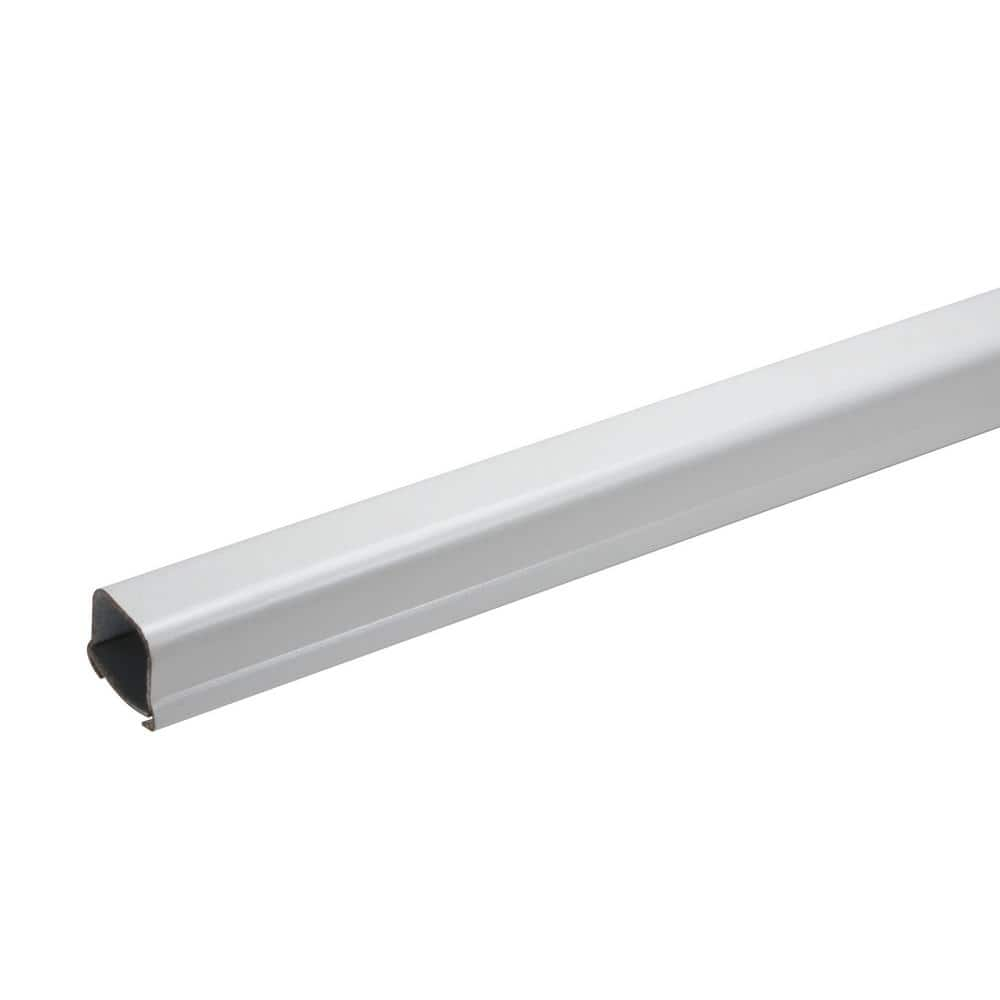My inspector just came back to me and told me that any exposed portion of my DC wire must be in thin walled EMT. Based on my previous meeting I did not believe this was the case so now I have to change. Thought the plastic outside would be fine and no need in the garage.
I had dug a trench to bring the DC wire from my detached garage (where the panels are) to my home. That trench was approved. I used plastic conduit in the trench. Now, above ground and also along the joists and studs of the garage, the metal EMT has to be used.
My question: How do I go about connecting non-rigid EMT from outdoors to the indoors? With the plastic this was easy and I just used the plastic conduit bodies and drilled a hole in the wall.
However, all the conduit bodies I see for EMT are either for dry location only or are threaded.
Any advice?
Thanks.
I had dug a trench to bring the DC wire from my detached garage (where the panels are) to my home. That trench was approved. I used plastic conduit in the trench. Now, above ground and also along the joists and studs of the garage, the metal EMT has to be used.
My question: How do I go about connecting non-rigid EMT from outdoors to the indoors? With the plastic this was easy and I just used the plastic conduit bodies and drilled a hole in the wall.
However, all the conduit bodies I see for EMT are either for dry location only or are threaded.
Any advice?
Thanks.




